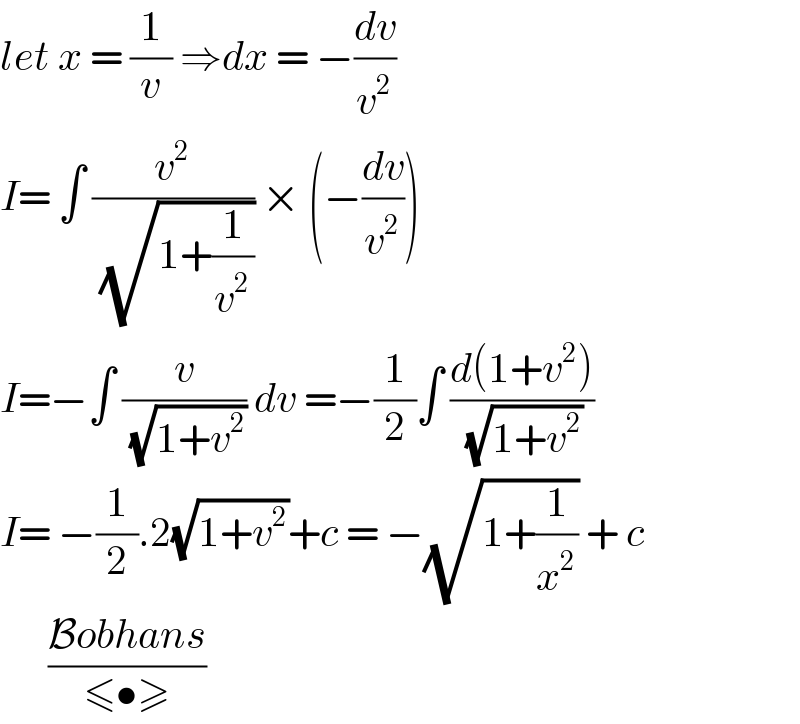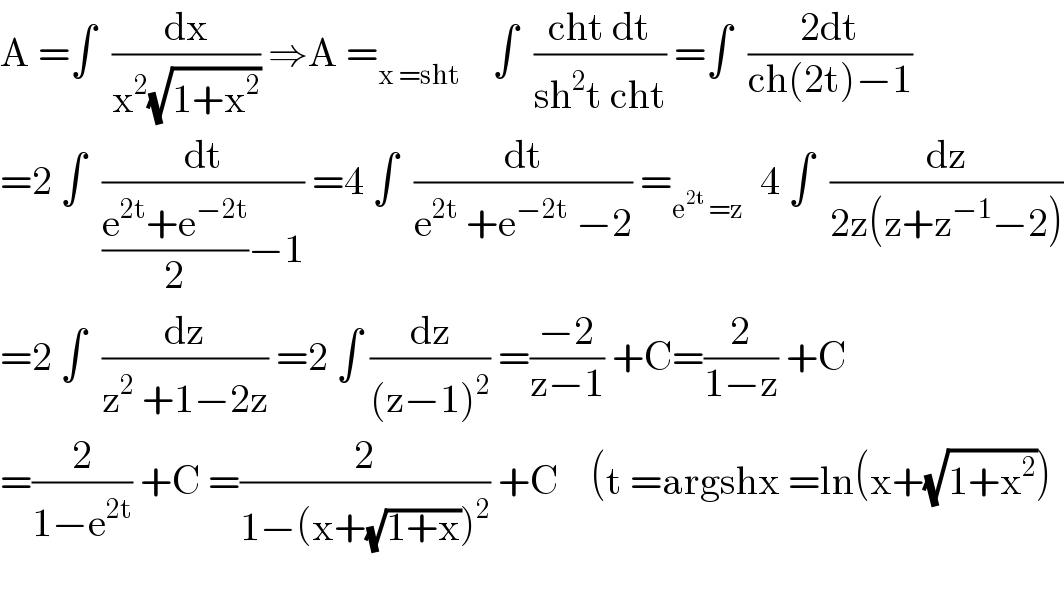
Question and Answers Forum
Question Number 109472 by john santu last updated on 24/Aug/20

Answered by 1549442205PVT last updated on 24/Aug/20

Answered by $@y@m last updated on 24/Aug/20

Answered by bobhans last updated on 24/Aug/20

Answered by mathmax by abdo last updated on 24/Aug/20

